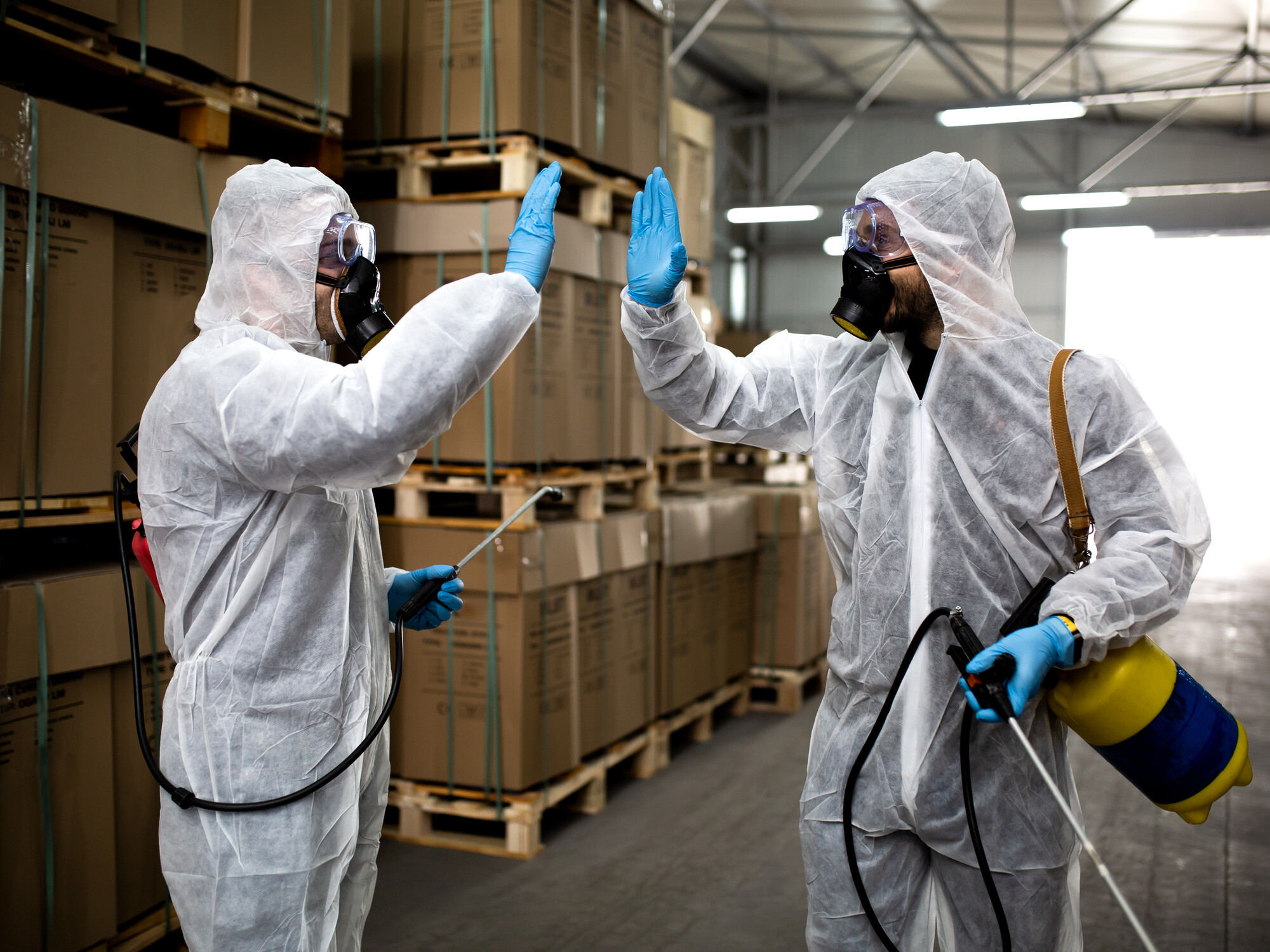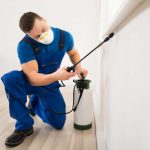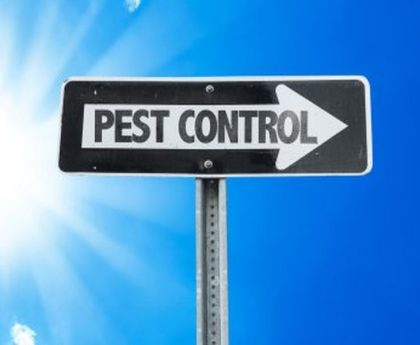Effective pest control is essential for maintaining a safe and healthy environment in both residential and commercial spaces. Pest infestations not only cause damage to property, but they also pose a risk to human health. From rodents and cockroaches to mosquitoes and bed bugs, there are various pests that can invade our living spaces.
Many people rely on the use of harmful chemicals or DIY methods for pest control, but these approaches often have negative impacts on the environment and can be harmful to humans and animals. This is where collaboration comes into play – working together to find safe and sustainable solutions for pest control.
Collaboration between different stakeholders such as homeowners, pest control professionals, scientists, and environmental agencies is crucial in ensuring safe pest control practices are implemented. Through cooperation and sharing of knowledge, we can effectively address the issue of pests while minimizing harm to the environment.
One key aspect of collaboration in safe pest control is education. Many people lack awareness about the detrimental effects of harsh chemicals used in traditional pest control methods. By educating homeowners about the risks associated with these chemicals, we can encourage them to opt for safer alternatives.
Pest control professionals play a vital role in https://www.auzzi.com.au/reviews/11248-kaphra-beetle-pest-invasion-poses-as-additional-threat-on-australia-s-biosecurity-during-covid-20 collaboration efforts as well. They are trained experts who have extensive knowledge about various pests and their habits. By working closely with them, homeowners can gain valuable insights into preventive measures they can take to reduce the risk of infestations.
Scientists also play an important role in safe pest management through research on alternative methods for controlling pests without harming the environment or human health. For instance, biological controls such as introducing natural predators or using pheromone traps have been found to be effective against certain types of pests without causing harm.
In addition to education and research efforts, collaboration between environmental agencies plays a crucial role in regulating pesticide use. These organizations set standards for pesticide application procedures that ensure safety for both humans and animals while effectively controlling pests.
The benefits of collaborative efforts extend beyond just the safety of pest control methods. By working together, we can also create more sustainable solutions that have positive impacts on our environment. For instance, implementing integrated pest management strategies that focus on prevention and least-toxic methods can reduce reliance on harmful chemicals and ultimately result in a healthier ecosystem.
Furthermore, collaboration also encourages innovation in the field of pest control. By bringing together different perspectives and ideas, new approaches are developed that are both effective and environmentally friendly.
In conclusion, safe pest control requires collaboration between different stakeholders to address the issue while minimizing harm to humans and the environment. Through education, research, regulation, and innovation efforts by homeowners, pest control professionals, scientists, and environmental agencies – we can achieve effective and sustainable solutions for managing pests. Let us work together towards creating a safer living space for ourselves and a healthier planet for future generations.




